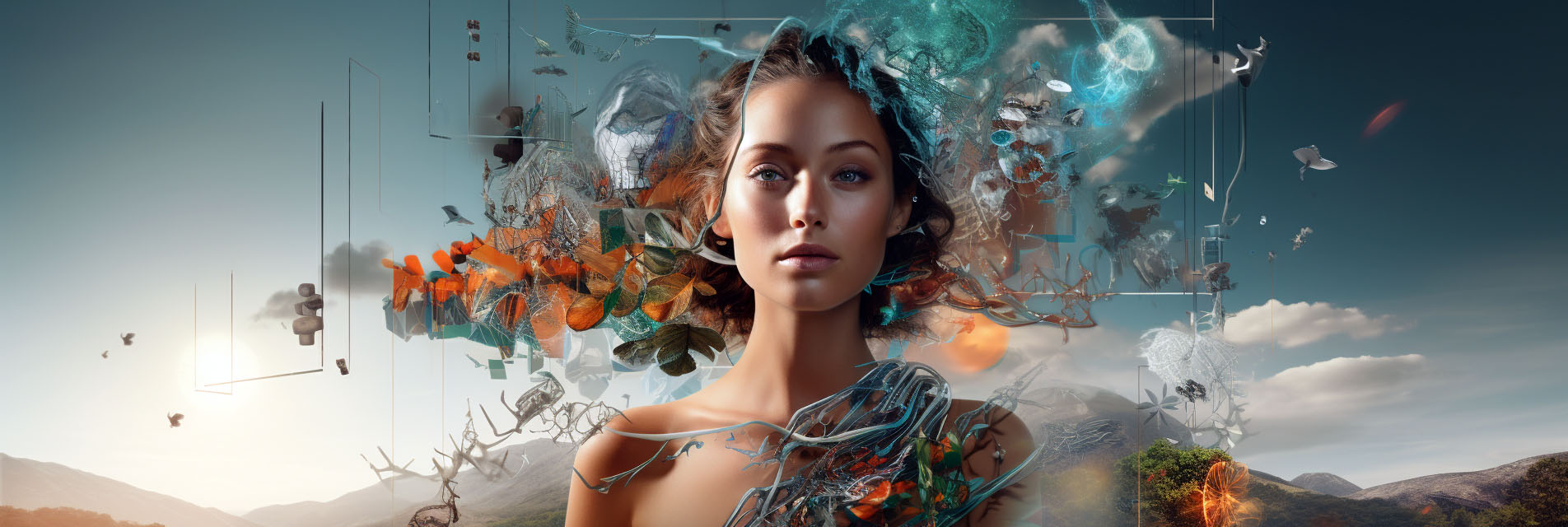CGI

Computer-generated imagery, commonly abbreviated as CGI, refers to images, videos, or animations that are created through the use of computer graphics techniques, rather than being directly captured through cameras or lenses. CGI has revolutionized the fields of filmmaking, television production, advertising, gaming, and more by enabling artists to generate stunning visuals that would otherwise be impossible, dangerous, or prohibitively expensive to capture in real life.
The creation of CGI involves developing 3D models of characters, objects, environments and other assets in specialized software programs. Artists can define features like shape, textures, lighting, movement, and camera angles from scratch. Sophisticated rendering techniques like ray tracing or rasterization are then used to convert the 3D models into 2D pixels on the screen, adding intricate details and realism. Where CGI was once limited to basic wireframe models due to computational constraints, the continual advancement of animation software, mocap technology, and computing power allows modern CGI to achieve photorealism on par with real footage.
CGI is widely used in movies, TV shows, and video games to create fantastical characters, locations, weapons, vehicles, and effects. Explosions, natural disasters, and stunts can be simulated safely at a fraction of the cost of traditional practical effects. Entire CGI environments allow filmmakers to immerse audiences in fictional worlds, unbound by the limits of physical production. CGI characters like Avatar's Na'vi and Thanos from the Marvel movies exemplify the emotive storytelling and nuanced performance that computer animation can achieve. Beyond entertainment, CGI also has crucial applications in fields like medical imaging, architecture, engineering, defense, and urban planning.